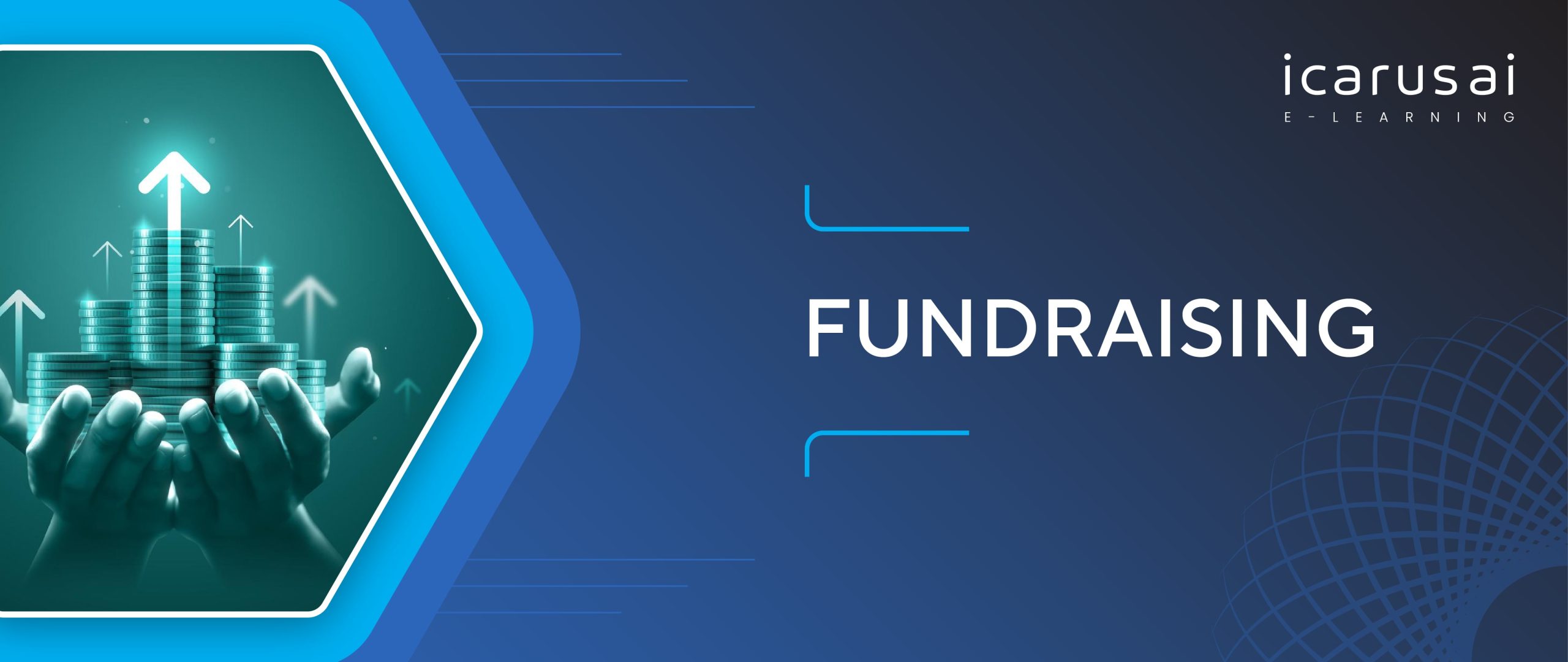
Course Details
In this course, participants will be given the tools and understanding needed to build a fundraising strategy to achieve long-term sustainability for their organization. Participants will learn to identify key elements of fundraising strategies and how they fit with other organizational objectives, learn to use strategic planning tools to construct a fundraising strategy, appraise fundraising opportunities to determine which will be the best fit for the organization, recognize the pros and cons of the available fundraising options, and understand the importance of preparing an annual fundraising plan for each fundraising area, goal, activity, timescale, performance indicator, and resource requirement. By linking organizational objectives, fundraising targets, activities, and methods, participants will develop an action plan to put their fundraising strategies into practice. We will cover annual and ongoing fundraising strategies, capital campaigns, and in-kind contributions through activities.
This online course will give participants the tools and understanding to build a fundraising strategy to achieve long-term sustainable for their organization, by linking organizational objectives fundraising targets, activities, and methods. Participants will develop an action plan to put their fundraising strategies into practice
Lessons
In this lesson, you will be introduced to both traditional and newer fundraising methods and events, such as annual campaigns, runs and walks, meals, live and/or silent auctions, holiday events, planned giving, capital campaigns, membership, grants, and more. We will cover how to build a fundraising plan, make your case for support, gather a fundraising team, determine the assets and resources needed, and determine the Supporter Base. We will learn how to mobilize donors and recognize their efforts to motivate their participation and support. We will also learn how to clearly state the ask action through different methods and to employ traditional and digital media for fundraising.
Our second lesson covers capital campaigns. You will learn what they are, how to use them, and the pros and cons surrounding them. We will cover how to conduct an effective feasibility study and to establish a campaign committee. You will learn which kinds of subcommittees to create and to write a capital campaign case statement. We will learn how to identify donors and conduct research grant funding sources. We will also cover strong corporate partnerships, goals, objectives, timelines, and budget. You will learn how to identify the gift range chart and create support documents to encourage donations. We will learn about hte public and quiet phases of the plan.We will learn about theimportance of contingency plans and accuracy, as well as donor follow-up and thank yous.
We will learn about in-kind donations and what kinds of goods, services, and labor fall under this category. We will cover how to approach corporations and for-profit businesses and how to match them to your organization’s needs. We will learn about valuation of in-kind donations and how to identify the “principle market”. You will learn how to plan to receive in-kind donations and create a policy regarding these gifts so that everyone at your organization knows the protocol.


